Do you ever wonder about the origin of everyday items that we often take for granted? One such item is the garden hose. This unassuming tool has revolutionized the way we water our plants, wash our cars, and carry out various outdoor tasks.
In this article, we’ll delve into the fascinating history of the garden hose, exploring its invention, evolution, and impact on modern gardening practices.
Early Watering Methods
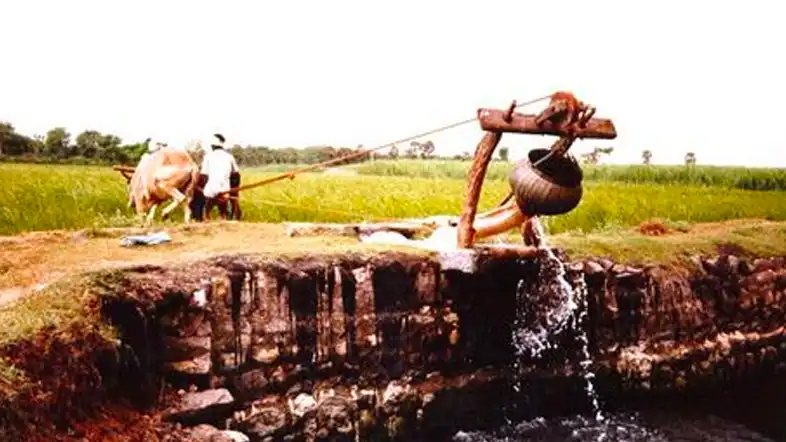
Before the advent of the garden hose, individuals had to rely on rudimentary methods for watering their gardens and lawns. These methods were labor-intensive and required significant time and effort. Gardeners primarily used basic tools such as buckets, watering cans, and even simple ditches to channel water to their plants. While these methods did serve the purpose, they were far from efficient, especially for larger gardens or agricultural fields.
Watering plants using buckets or cans meant manually carrying and pouring water, which not only consumed time but also often resulted in uneven distribution. The lack of a streamlined water delivery system made it challenging to maintain consistent moisture levels for plants, leading to potential over-watering in some areas and under-watering in others. These limitations underscored the need for a more efficient and effective solution to manage irrigation and nurture plant growth.
Birth of the Garden Hose: 17th Century Innovations
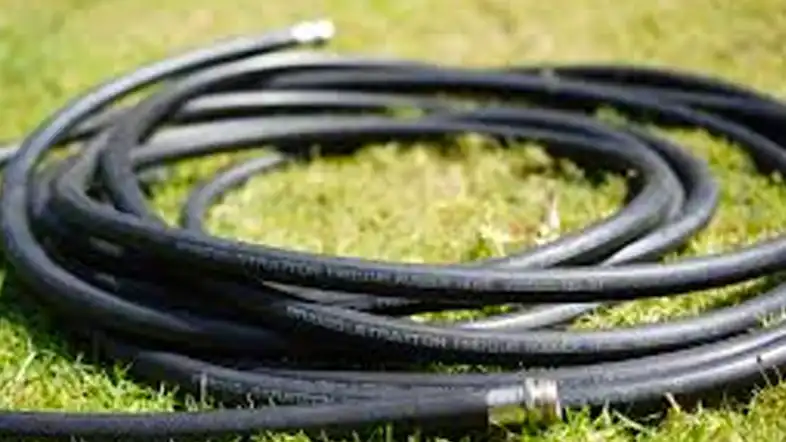
The 17th century marked a pivotal moment in the evolution of irrigation technology with the invention of the “watering pot” by Sir Richard Newdigate. This ingenious device, which can be considered a precursor to the modern garden hose, introduced a revolutionary concept of water conveyance. The watering pot was crafted using leather, a pliable and durable material that could withstand the rigors of outdoor use. The addition of iron rings to reinforce the hose-like structure enabled a controlled flow of water.
Newdigate’s invention represented a remarkable leap forward from traditional watering methods. The watering pot allowed for greater ease in watering plants, eliminating the need for constant refilling and the physical strain associated with carrying heavy containers.
By providing a more directed and consistent flow of water, it also enhanced the precision of irrigation. Although rudimentary compared to today’s hoses, this early innovation laid the groundwork for the development of more sophisticated and versatile tools that would eventually revolutionize the way we approach outdoor tasks.
Rubber Revolution: 19th Century Advancements
The 19th century brought about a significant leap in garden hose technology with the discovery and utilization of rubber. This era marked a pivotal shift from the traditional leather-based hoses to more flexible and durable alternatives. Rubber, known for its elasticity and resilience, provided a new realm of possibilities for hose design and functionality.
In the mid-1800s, inventors began experimenting with rubber hoses, incorporating advancements in manufacturing techniques and materials. These hoses boasted increased flexibility, allowing for easier maneuverability and storage.
Additionally, the introduction of woven fabric reinforcement added strength to the hoses, making them more resistant to pressure and wear.
The adoption of rubber as the primary material for hoses revolutionized irrigation practices. The new hoses were not only more durable and adaptable to various weather conditions, but they also provided a more consistent water flow. This advancement proved particularly beneficial for agricultural and gardening purposes, enabling more efficient watering of crops and gardens.
The 19th century innovations laid the foundation for the garden hoses we recognize today, bridging the gap between early prototypes and the modern tools that have become an essential part of outdoor maintenance.
Industrialization and Mass Production
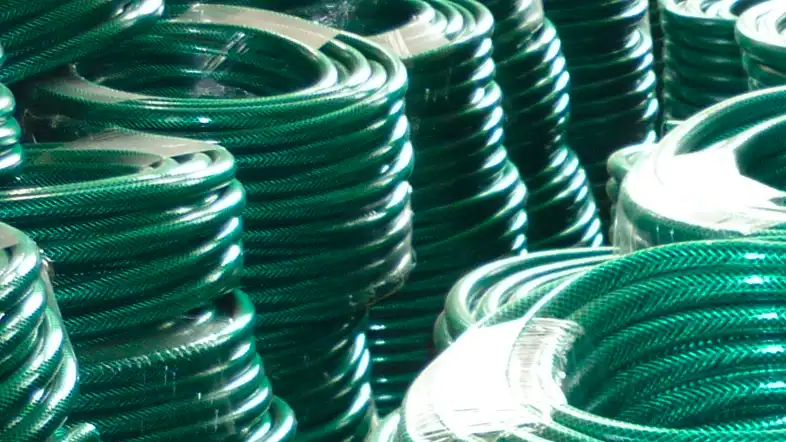
The industrial revolution of the 19th century played a vital role in the evolution of garden hoses by enabling their mass production. As industrialization took hold, processes for producing rubber and other materials became more efficient and cost-effective. This allowed hoses to be manufactured on a larger scale, making them more accessible to a broader range of consumers.
With the introduction of vulcanization—a process that involves treating rubber with heat and sulfur to improve its properties—hoses became even more resilient and capable of withstanding extreme temperatures.
This advancement expanded the applications of hoses beyond simple gardening tasks, making them suitable for a variety of industrial purposes. The mass-produced hoses were not only more readily available, but they were also more affordable, making it easier for individuals to adopt this convenient tool.
The combination of industrialization, rubber advancements, and manufacturing processes paved the way for the widespread use of garden hoses. People no longer had to rely solely on manual methods of irrigation; instead, they could efficiently water their gardens, clean outdoor spaces, and perform various tasks with greater convenience.
The garden hose had firmly established itself as a crucial tool in both domestic and industrial contexts, shaping the way we approach outdoor chores and influencing our relationship with outdoor spaces.
Modern Garden Hoses: Materials and Varieties
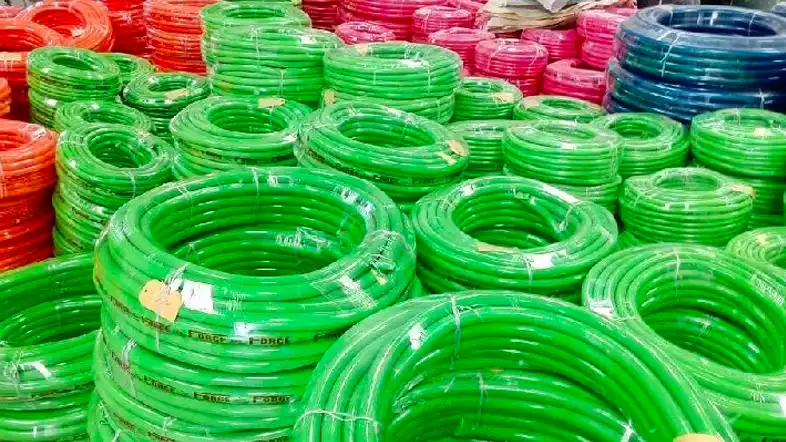
In the modern era, garden hoses have evolved even further, offering a diverse range of materials and designs to cater to specific needs. The introduction of different materials, such as vinyl and reinforced fibers, has provided consumers with a broader selection of hoses tailored to their preferences and requirements.
Vinyl hoses, for example, are known for their lightweight nature and affordability. They are a popular choice for casual gardeners who value ease of use and portability.
On the other hand, rubber hoses continue to be favored for their durability and ability to handle more demanding tasks. Their robust construction makes them ideal for heavy-duty watering and other outdoor chores.
An interesting innovation in recent years is the advent of expandable hoses. These hoses are designed to contract when not in use, making them exceptionally compact and easy to store. When filled with water, they expand to their full length, allowing for efficient water flow.
This design not only saves storage space but also reduces the risk of kinks and tangles, enhancing the overall usability of the hose.
Impact on Gardening and Beyond
The garden hose’s impact extends well beyond simple irrigation. Its invention and subsequent advancements have significantly influenced gardening practices and outdoor maintenance. Efficient and controlled watering has led to healthier plants, improved yields in agriculture, and the preservation of water resources.
The ability to water plants accurately and efficiently has become a cornerstone of modern gardening, contributing to lush landscapes and bountiful harvests.
Furthermore, garden hoses have found applications in various industries, showcasing their versatility. Firefighting efforts have been aided by the ability to deliver water with precision using hoses, and construction projects have benefited from their water transport capabilities. The garden hose’s adaptability and ease of use have made it a valuable tool in professional settings as well.
The Garden Hose Industry Today
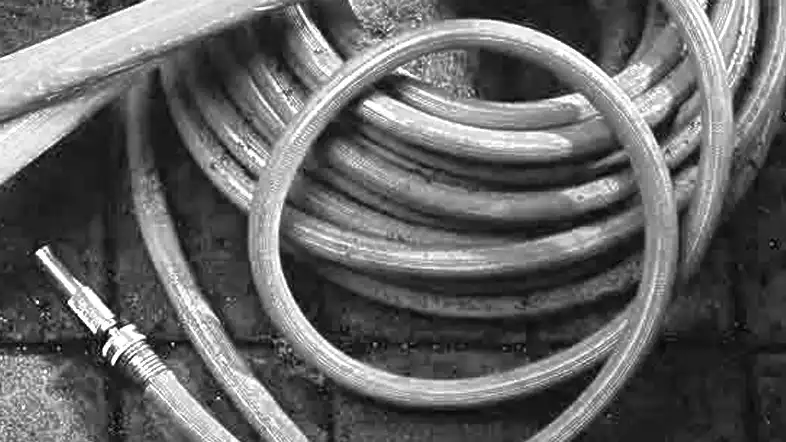
Today, the garden hose industry is thriving, offering a plethora of options to suit different needs and preferences. Manufacturers have continued to innovate, introducing hoses with features such as anti-kink technology, UV resistance, and improved flexibility.
Consumers can choose hoses of various lengths, diameters, and materials to match their specific requirements, ensuring that their outdoor tasks are completed with maximum efficiency and convenience.
As the market continues to evolve, there’s a growing emphasis on sustainable practices. Some manufacturers are focusing on producing hoses made from environmentally friendly materials, ensuring that the convenience of modern tools aligns with the broader goals of conservation and responsible resource management.
The garden hose industry’s dedication to innovation and sustainability promises an exciting future filled with even more advanced and environmentally conscious solutions.
Innovations and Future Trends
Looking ahead, the garden hose industry shows no signs of slowing down in terms of innovation. The integration of technology into hose design is on the horizon, with the development of smart hoses equipped with sensors to monitor water usage, pressure, and even soil moisture levels.
These smart hoses could provide real-time data and insights, enabling users to make more informed decisions about watering and outdoor maintenance practices.
In addition, advancements in materials science could lead to the creation of even more durable and lightweight hoses, further enhancing user experience.
The ongoing focus on water conservation and sustainability is likely to drive the development of hoses designed to minimize water wastage, aligning with global efforts to address environmental challenges.
Conclusion
The journey of the garden hose from its humble beginnings to the modern era is a testament to human ingenuity and the desire for convenience in daily tasks.
From leather-and-iron prototypes to the technologically advanced hoses of today, this unassuming tool has transformed the way we interact with outdoor spaces and perform essential tasks.
As we continue to push the boundaries of innovation, it’s exciting to envision a future where garden hoses not only make our lives easier but also contribute to a more sustainable and connected world.

